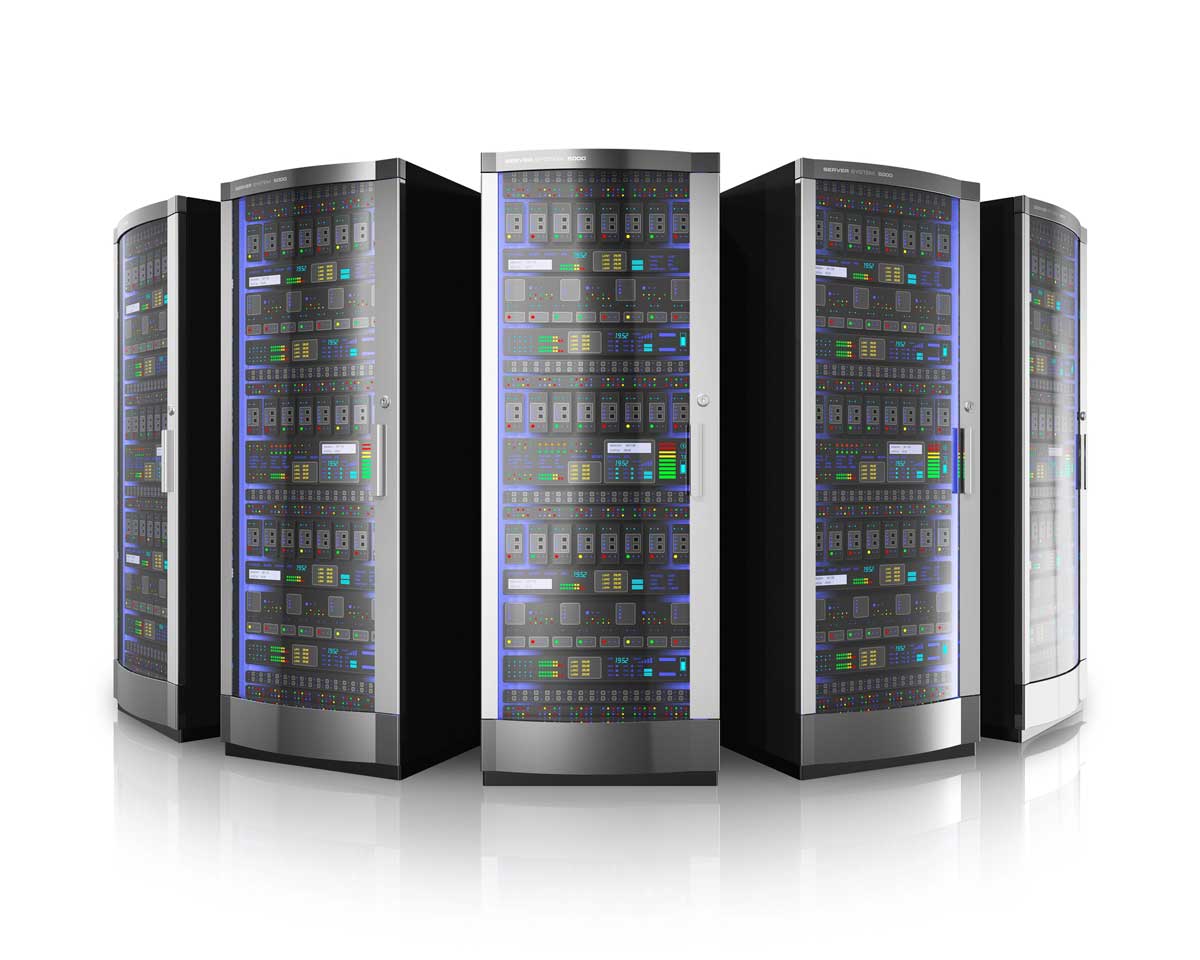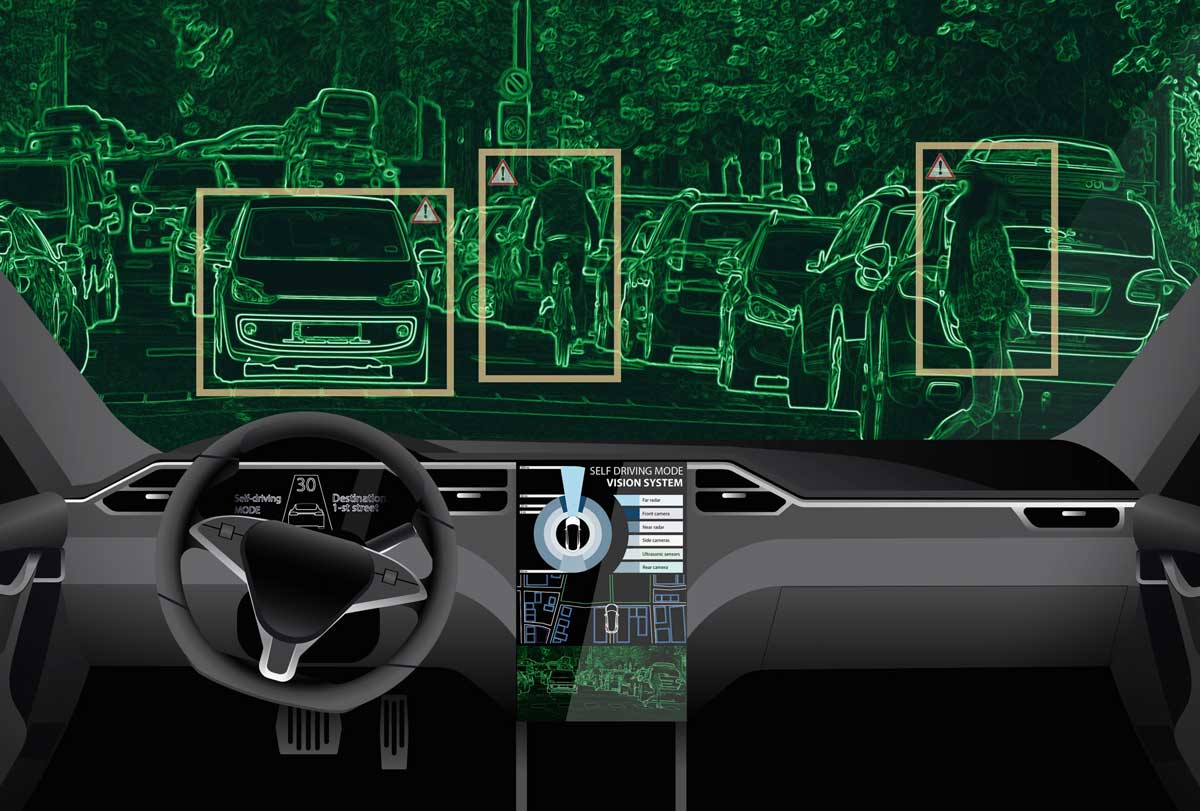We are now living in an “always on” world, and this changes the game for IT organizations. Traditional backup/disaster recovery (DR) solutions have served companies well for a long time. But as the IT landscape has changed, so must the outmoded ways of doing backup/DR.
Traditional solutions are costly, complex, and slow. To take just one example: having to reserve time for a backup window in online systems that are accessed worldwide is nearly impossible.
You’ve likely reached the point where you need to break through the constraints of these systems and find a better way to address the requirements for highly available, highly reliable, highly secure data that overcomes the limitations of the past.
You need a solution that provides freedom from the high costs, inflexible infrastructure, and agonizing management complexity that characterizes the “olden days” of backing up and protecting data.
In short, you need backup independence. But how to get there?
Let’s examine the problems organizations are facing, consider what an ideal solution would look like, and learn if this ideal solution actually exists today.
The Problems You Face Today
As you consider a typical organization’s IT infrastructure, it’s easy to see that many of today’s backup/DR solutions face a number of challenges. Let’s examine them.
Cost. Storage costs have gotten out of hand. The backup/DR infrastructure must be planned ahead of time and all of the required storage devices, backup/DR software, and storage management tools must be purchased.
Furthermore, data center floor space must be allocated, and both power and cooling requirements must be addressed. This also means that you must constantly monitor actual usage vs. the original plan. This increases your staffing and administrative costs.
On top of that, you have to purchase each of the many pieces of a backup/DR solution, and these components must be refreshed regularly. You’re working with many different hardware, software, networking, and services suppliers. The bills add up quickly.
All of these “moving parts” must be managed. Different components may need different management tools and staff expertise. Furthermore, it’s likely that these components and tools are replicated at multiple distributed sites.
Complexity. Traditional backup/DR systems are difficult to set up, include many different types of storage media, and require a number of different types of backup technology. It’s also likely that each type of storage device has its own management tools and imposes its own requirements for expertise.
Furthermore, each device requires its own floor space, power, cooling, and network bandwidth. Each may include the requirement that it be installed, updated, and operated separately in many different locations.
Scalability. Business operations scale up and down to address the needs of the moment. Backup/DR solutions must address that constant need for change, but that introduces more costs and complexity; the two things you want less of, not more of.
Availability. Outdated solutions require that a separate copy of data be maintained for each device, each application, and in each location. Multiple copies of the same data are likely to be stored in each data center.
Reliability and Performance. Today’s always-on world needs always-available data. Losing access to the data means losing revenue, losing customers, and, in some instances, potential compliance issues that could be both costly and embarrassing.
Security. Data today must be encrypted in-flight and at-rest to meet requirements for data governance. This can be both expensive and challenging in such a complex multi-site environment.
What An Ideal Solution Looks Like
Having looked at the challenges, let’s turn to solutions. What should you demand, to ensure you’re adequately protected? Here’s what your solution needs to include.
Low cost. The solution should make it easy for organizations to pay only for what they’re currently using, and should expand or contract as needed for each company’s unique scenarios.
Simple. It should minimize the number and type of storage devices, storage software, and, of course, the staff members needed to keep things running. It should also be simple to manage and maintain. After all, you have more important things to do with your time.
Expandable. Any solution should allow you to purchase only what you need, and allow quick expansion or reduction as required.
Available. You need a single copy of the data that’s available everywhere, without requiring copies of data to be maintained for every site or application.
Reliable. The data should always be available and maintain its own snapshots; and it shouldn’t require you to maintain separate backup windows. It should also allow VMs to be spun up so that recovery times are minimized. Work should be able to continue while your data centers are offline.
Secure. Data should always be encrypted, regardless of whether it’s at rest or in motion, without requiring you to acquire, install, or use separate encryption technology.
ClearSky Data to the Rescue
At first glance, the list of features and functions in the description of the ideal solution seems far-fetched, and only likely to be available at some future time.
This isn’t the case. ClearSky Data can unshackle you from the bonds of traditional backup/DR, simplifying all your operations, and delivering data when and where it’s needed. Take a look at their simple architecture.

ClearSky has a managed service that provides a number of benefits. It starts with reducing or eliminating the need for redundant storage systems, while combining the edge, the cloud and their Smart Tiered™ caching technology to provide a self-protecting, cloud-storage based solution.
That sounds like a lot of buzzwords. What you want to know is, What does that mean for me? It means backup and disaster recovery are baked right into their storage service, so your recovery takes place automatically, behind the scenes.
And that recovery is fast. Since ClearSky stores your most crucial data at their network edge, they provide Recovery Time Objectives, or RTOs, of near zero. You could have access to your recovered data in 60 seconds. For real.
Backup Independence Is Possible
What may have seemed like a dream in the past is a reality with ClearSky’s backup independence. You don’t have to be tied to the old ways of doing backup/DR. The expense, complexity and painstaking management that exemplifies traditional methods of protecting your data should be relics of a dark past.
Don’t be constrained by outdated, slow, and unreliable backup/DR. Tossing those handcuffs overboard requires new thinking about how you’ve done things previously, and a determination and commitment to go beyond the box your IT has been living in before.
It can be done. When you’re ready to break free of that mindset, give ClearSky Data a call.





















